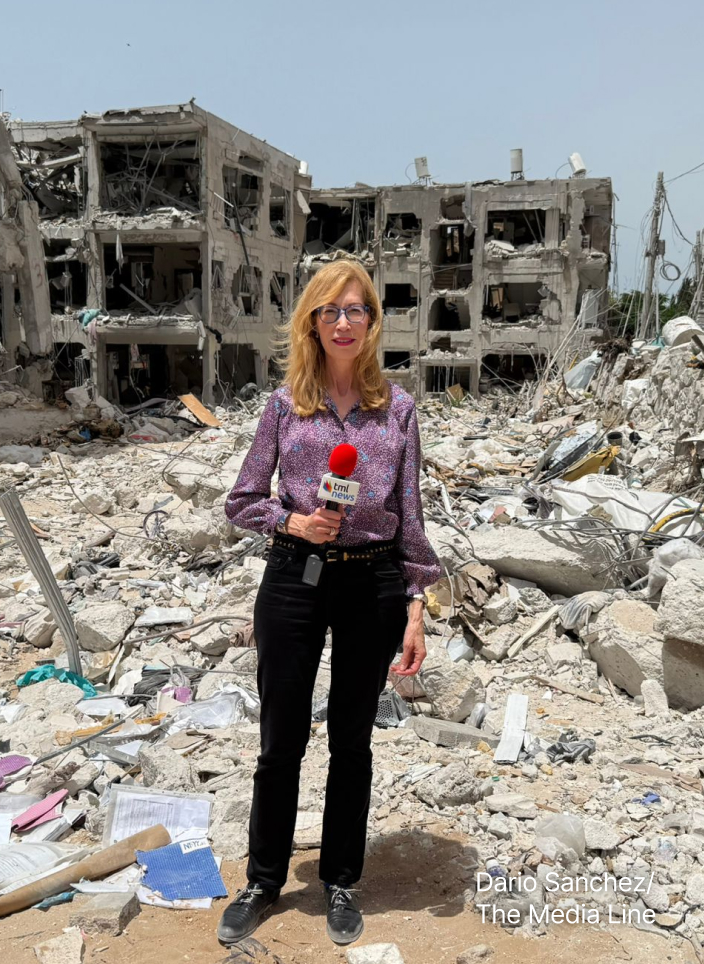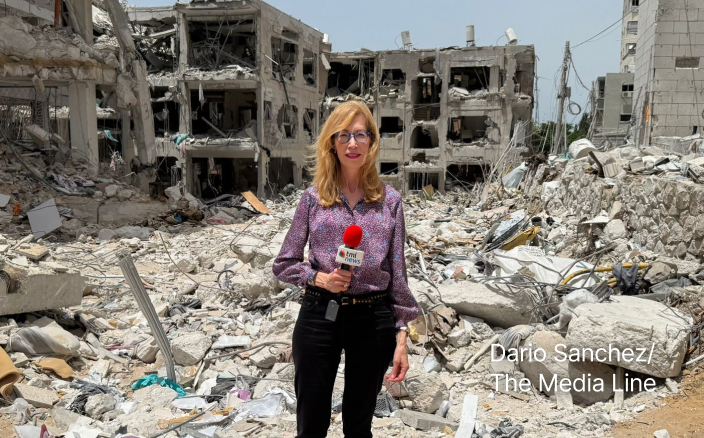While rockets were still smoldering in Tel Aviv, a group of Israeli scientists, tech entrepreneurs, and pharmaceutical giants were busy launching the next big thing in biotech—powered by artificial intelligence. In a story that’s as much about resilience as it is about innovation, The Media Line’s Maayan Hoffman takes readers inside AION Labs [1]’ latest effort to turn Israel into the world’s next biotech powerhouse.
At Amazon Web Services’ office in Tel Aviv, five finalist teams gathered to compete for a shot at building a startup that could redefine how we discover and develop drugs. Their task? Create an AI platform that can map out complex drug combinations for diseases like cancer, kidney failure, and autoimmune disorders—faster, smarter, and more precisely than ever before.
Give the gift of hope
We practice what we preach:
accurate, fearless journalism. But we can't do it alone.
- On the ground in Gaza, Syria, Israel, Egypt, Pakistan, and more
- Our program trained more than 100 journalists
- Calling out fake news and reporting real facts
- On the ground in Gaza, Syria, Israel, Egypt, Pakistan, and more
- Our program trained more than 100 journalists
- Calling out fake news and reporting real facts
Join us.
Support The Media Line. Save democracy.


The project is backed by serious pharma muscle: AstraZeneca, Merck, Pfizer, and Teva are all on board. And according to AION Labs CEO Mati Gill, they’re here not for the politics—but for the science. “They didn’t come for geopolitical reasons and are not leaving for geopolitical reasons,” he told Hoffman.
So far, AION has launched nine startups and helped draw $18 million in follow-on investment. The platform has already produced promising ventures like Promise Bio, which personalizes treatment using AI and blood-based biomarkers.
Gill believes Israel could become the Kendall Square of biotech—if it plays the long game. With rockets overhead and algorithms in the lab, that vision might not be as far-fetched as it sounds.
For a closer look at the people, partnerships, and science driving this story, read Maayan Hoffman’s full article [1] at The Media Line.